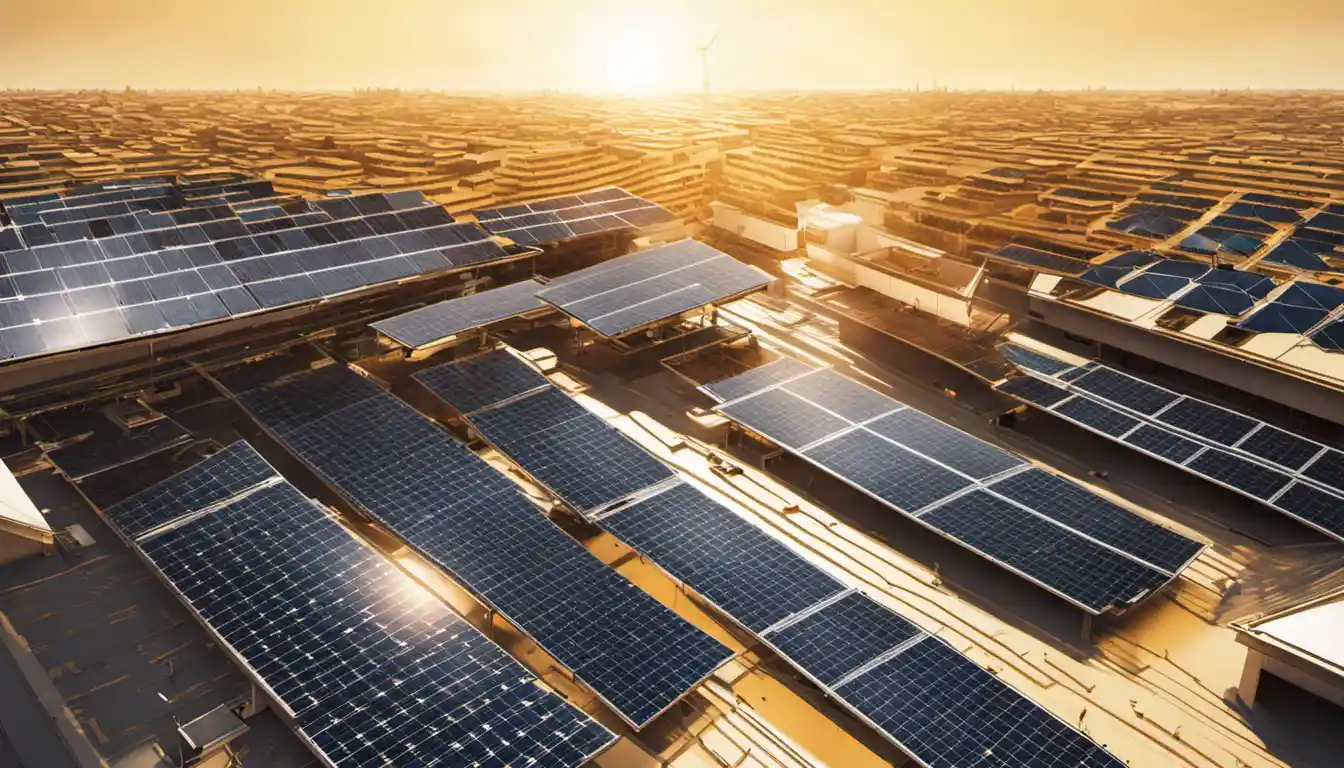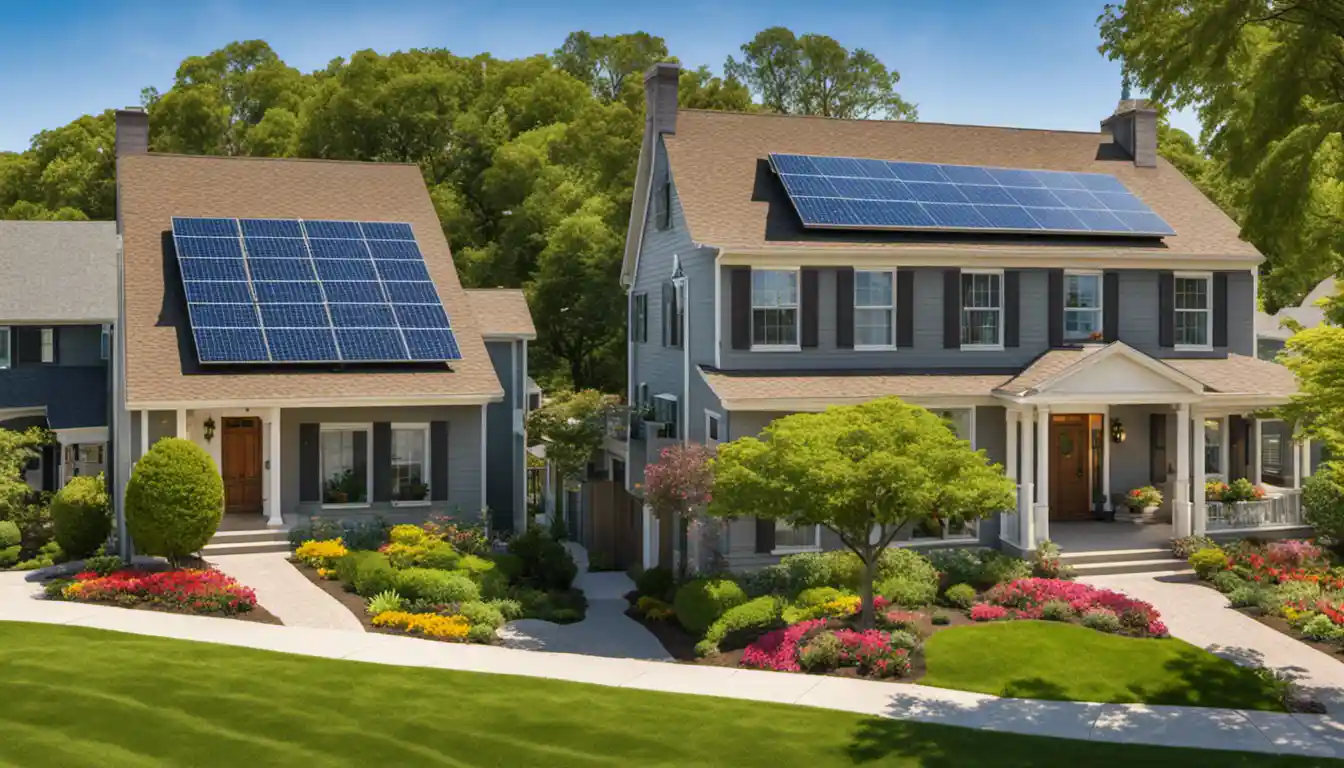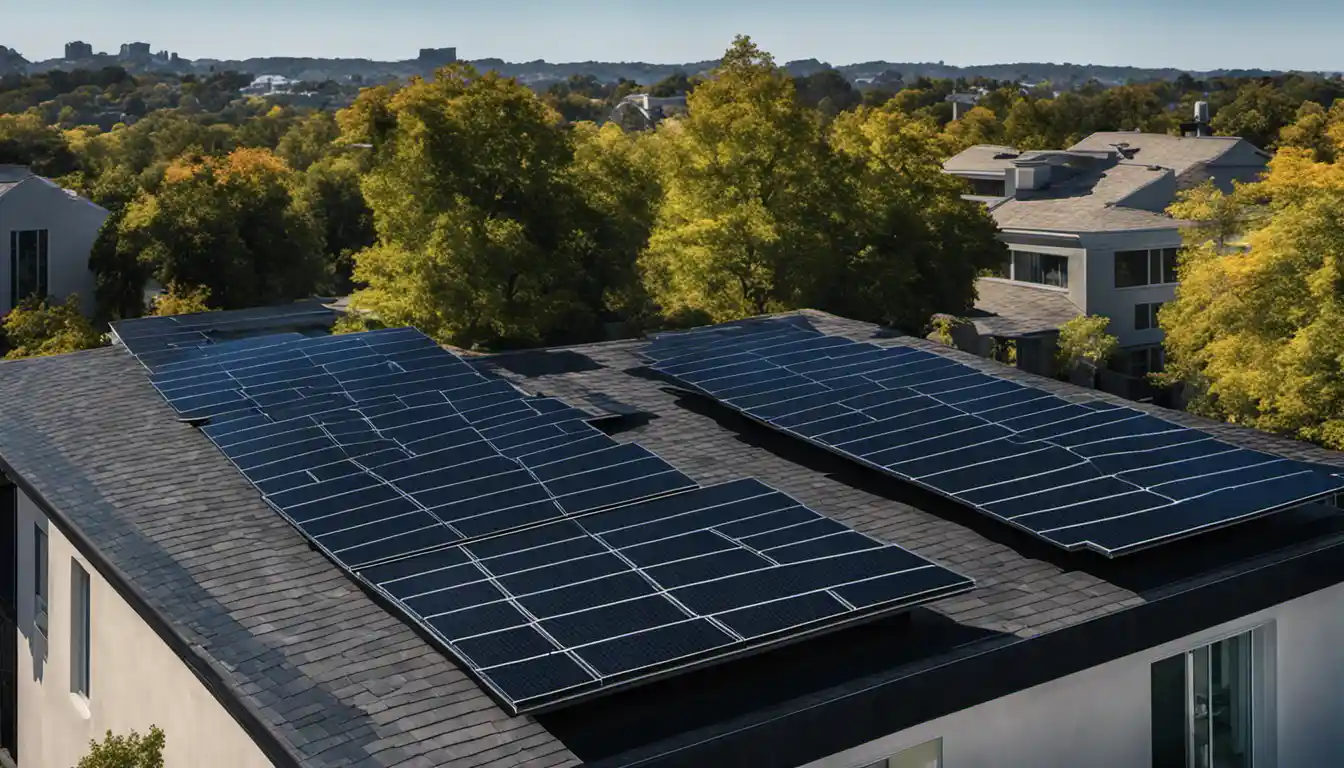Understanding the Cost of Solar Panel Installation
The cost of installing solar panels can vary greatly depending on the size and type of the system, as well as your location. However, on average, a solar panel system cost in the U.S. ranges from $15,000 to $25,000, before tax credits or incentives. Keep in mind that many local, state, and federal programs can greatly reduce this upfront cost.
The factors affecting the price of solar panel installation
Several key factors affect the cost of solar panel installations: the size of your solar system, your energy requirements, the type of solar panel system used, the manufacturer’s brand, and the location of your property, to name a few. Each factor plays a part in determining how much does solar power installation cost.
Average cost of solar panel installation by state
Location is a significant factor in determining the total cost of solar panel installation. The price of solar can vary significantly from one state or city to the next. For example, the average cost of a solar panel installation in California is currently around $14,000 after factoring in the state rebate and federal tax credit. In Texas, on the other hand, the same system might set you back around $13,000 after incentives.
Cost breakdown of solar panel installation
The total cost of installing solar panels involves more than just the panels themselves. Other essential components include an inverter, mounting hardware, and a performance monitoring system. Not to mention the labor costs associated with this highly specialized installation.
Solar Panel Types
Solar panels come in different types, each with their pricing, efficiency, and aesthetic appearance.
Monocrystalline solar panels: Cost and Efficiency
As the most efficient solar panels on the market, monocrystalline panels will provide you with the most power. However, this enhanced functionality comes with a somewhat higher price tag, due to the complexity of their production process.
Polycrystalline solar panels: Cost and Efficiency
Polycrystalline solar panels may be less costly than their monocrystalline counterparts, but they’re also slightly less efficient. Nonetheless, they can still be a viable option for homeowners with a tighter budget or more extensive roof space.
Thin-Film Solar Panels: Cost and Efficiency
Thin-film panels are the least expensive of the three, but they’re also the least efficient. They may be a good choice for large, commercial projects where space is plentiful.
The Impact of Solar System Size on Costs
The size of your solar system has a direct impact on how much it will cost. The cost depends not just on the number of solar panels, but also on their weight and size, as these can increase installation costs.
How the size, weight and number of panels can influence price
The larger or heavier the solar panel system, the more materials needed, and the more challenging the installation. As a result, your installation costs can increase. You’ll also need more space to accommodate a larger system – whether that means a larger roof or a larger plot of land if you’re considering a ground installation.
Importance of selecting the suitable size for solar systems

Selecting the wrong system size could impact your cost and overall savings. Installing more panels than you need will mean spending unnecessary money upfront, while too few panels could mean not fully benefiting from your solar investment. Consulting with a solar professional can ensure you get a system sized correctly for your energy needs.
Financing Solar Panel Installation
There are several ways to finance your solar panel installation.
Options: Cash, Solar Loans, Solar Leases, and Power Purchase Agreements
You can pay outright with cash – which often saves the most money over time – or take advantage of a solar loan that spreads the cost out. There are also solar leases and power purchase agreements (PPAs) that allow you to essentially “rent” a system and pay for the solar energy produced.
Role of federal solar tax credit
The federal solar tax credit, also known as the investment tax credit (ITC), allows homeowners to deduct 26% of the cost of installing a solar energy system from their federal taxes.
Cost of Solar Panel by Mounting Location
The location of your panel installation can also affect the final costs.
Comparing rooftop versus ground installation costs
In many cases, the most cost-effective location for your panels is on your roof. However, if your roof is shaded, small, or otherwise unsuitable for panels, a ground-mounted system can be a realistic and reliable alternative. A ground-mounted system may be a little bit more expensive, due to increased labor and additional materials, but it can still provide a significant return on investment.
Understanding the influence of roof pitch and mount type on costs
The orientation and angle of your roof can also affect how easy it is to install panels and, therefore, the final cost. For example, a roof with a steep pitch may require additional safety measures or equipment, which can increase labor costs.
Additional Solar Panel Installation Costs
Some other costs may pop up depending on the specific conditions of your property and the type of solar system you choose.
Tree trimming, roof repair or solar panel repair
For example, the installation might require tree trimming (to maximize exposure to sunlight), infrastructure upgrades, or unexpected solar panel repairs.
Solar panel maintenance and cleaning
Additionally, while solar system maintenance tends to be minimal, dirt and debris might accumulate on the surface over time, which could require occasional cleaning to ensure the panels are working at maximum efficiency.
How solar systems can affect home insurance

Installing solar panels may increase the value of your home, and subsequently, your homeowner’s insurance premium might increase. However, this isn’t always the case, and it’s worth contacting your insurance company to discuss this in advance.
Costs associated with solar system monitoring
Monitoring systems, either software or hardware, might also be an added cost. These systems help you track your solar system performance over time and can be especially useful if you need to calculate credits for a net metering program.
Solar Power System’s Efficiency And Its Impact On Costs
Solar power system’s efficiency, and its impact on costs, go hand-in-hand.
The role of location and amount of sunlight
The amount of sunlight your location receives will have a significant effect on the system’s efficiency. More sunshine means more power produced and faster payback on your investment.
The impact of solar panel manufacturer on costs and efficiency
Different manufacturers produce panels of varying efficiencies, which directly impacts your system’s cost. More efficient panels can generate more power but will usually cost more upfront.
Saving Potential and Break-Even Point
One of the main attractions of a solar power system is the potential savings on your energy bills.
Estimating how much you can save with solar panels
Your saving potential will depend upon several factors – the amount of sunlight your home receives, the size of your roof, your current electricity rates, and the size of the system you install.
Understanding the concept of net metering
Many utility companies offer net metering programs that allow homeowners to sell any excess electricity their solar panels produce back to the utility company. This can help offset the cost of the power you consume when your solar panels aren’t producing electricity, like at night.
Calculating break-even point on solar panel costs
This, combined with the savings on your electric bill, will determine how many years it will take for your solar panels to pay off or reach the break-even point. Depending on individual circumstances, this could be anywhere from 5 to 12 years.
The Solar Panel Installation Process
Understanding the installation process can often lead to a more confident decision regarding solar panel investment. Our guide on /how-to-install-solar-panels provides a detailed walk-through of the process.
Steps for solar panel installation

Typically, the installation process involves a consultation, site assessment and design, permitting, installation, inspection, and system turn-on.
Importance of checking for compatibility
Before installing solar panels, it’s essential to ensure your roof is suitable and structurally sound. Some roofs may necessitate repairs or replacements before installation, contributing to the total cost.
Process of obtaining the necessary permits
You’ll also need to obtain permits, which can involve fees and waiting periods. Certain areas may have strict rules regarding solar panel installations, while some HOAs might disallow them entirely.
The significance of applying for incentives
Don’t forget to apply for any available incentives that can help offset the initial costs. While the federal tax credit is nationwide, many states, local governments, and utilities also provide grants, rebates, and other incentives.
Solar Panels: Are They Worth the Cost?
After considering all these elements, you might be asking the million-dollar question – are solar panels worth the cost?
Analyzing the value increase of homes with solar panels
Studies show that solar panels can increase a home’s value. According to the National Renewable Energy Laboratory, each additional $1 in energy bill savings from your solar installation adds $20 to your home’s total value.
Lifespan considerations of solar panels
Most solar panels are guaranteed to work at a high level of efficiency for 25 years, but it’s not uncommon for them to last much longer, often up to 30 to 35 years, leading to significant long-term savings even after the initial cost has been recouped.
Overview of DIY solar panel installation costs
Installing your solar power system may seem like a viable way to cut costs. However, without proper training and experience, you may end up biting more than you can chew when it comes to the technical and safety challenges involved.
Most homeowners will be best served by a professional installation to ensure the correct installation and maximize system efficiency, not to mention validating the manufacturer’s warranty.
Frequently Asked Questions (FAQs)
How long does the solar panel installation process take?
On average, the solar panel installation process— from signing the contract to flipping the switch — takes three to six months.
How much does a 6kW or a 10kW solar system cost?
While costs vary depending on many factors, a rule of thumb for a ballpark figure is between $2.50 and $3.50 per watt. This places a 6kW system between $15,000 and $21,000. Alternatively, a 10kW system will cost between $25,000 and $35,000 before applying tax credits or incentives.
Please remember that many factors can sway this price, including your geographic location, the installer you choose, the equipment you select, and the availability of solar incentives in your area.
In conclusion, deciding to install solar panels is a big decision with a lot of factors to consider. By keeping this information in mind, you’ll arm yourself with the knowledge necessary to make the best choice for your situation. So, is it cheaper to install solar panels on the ground? Well, it all depends on your specific needs and circumstances, but either way, the future is looking increasingly solar-powered.



